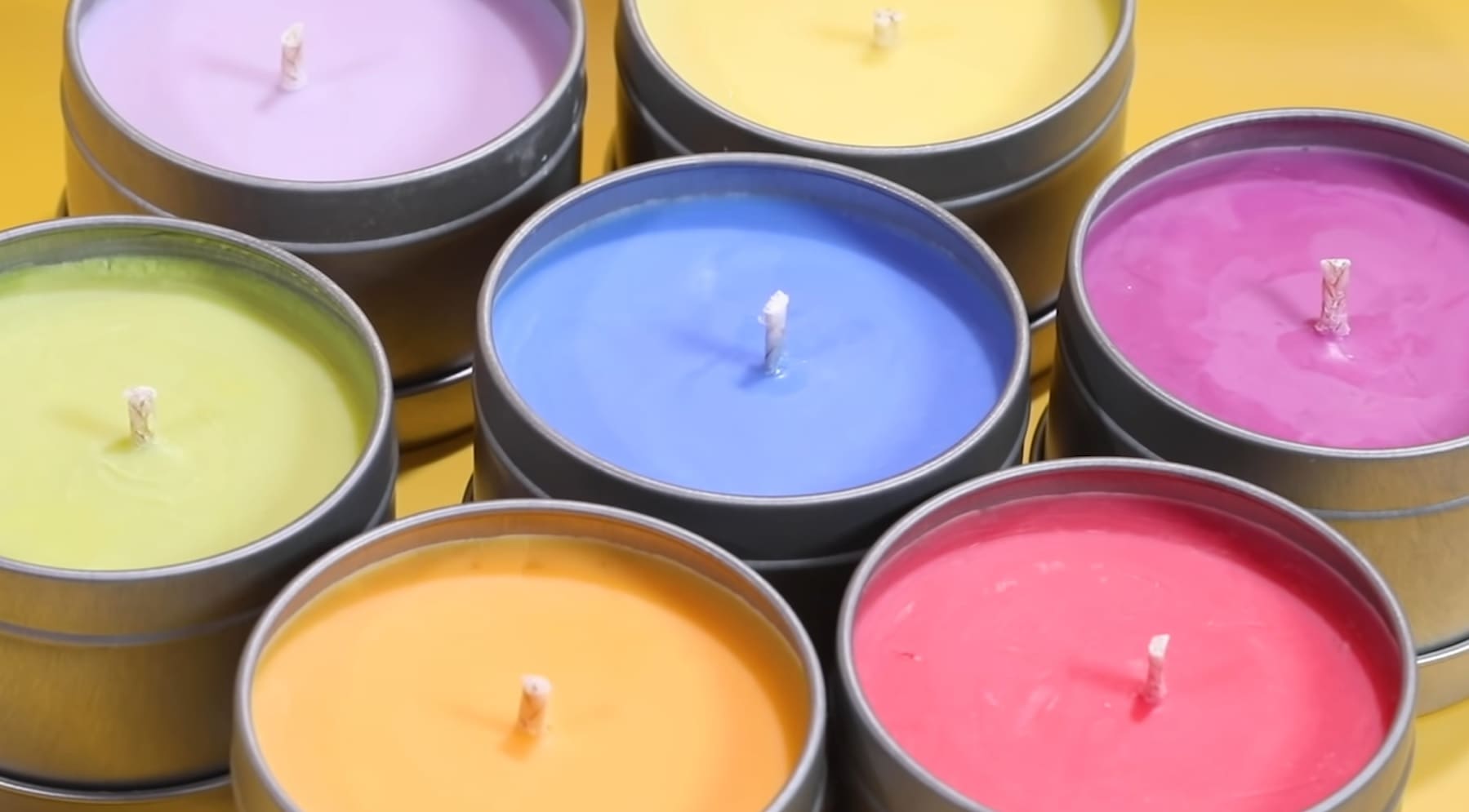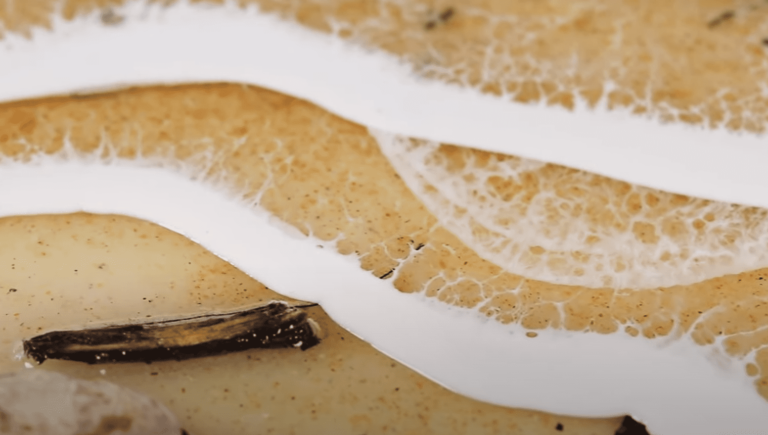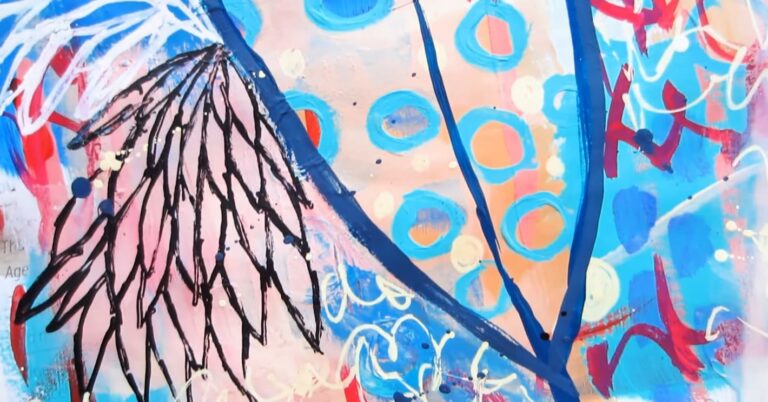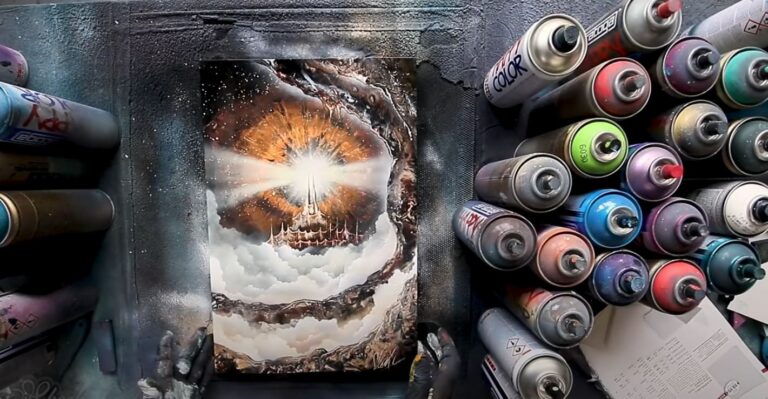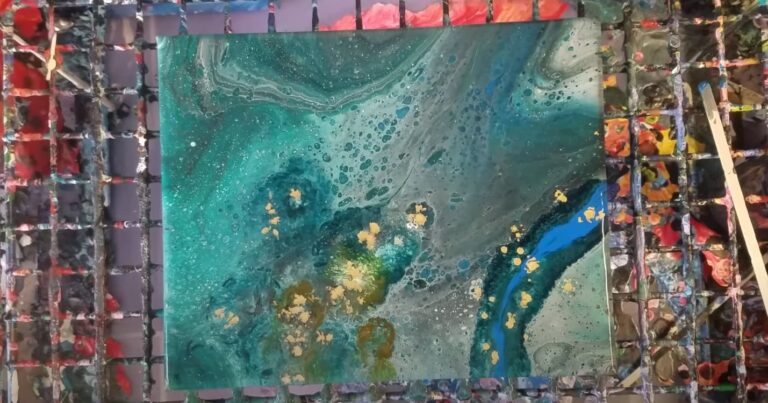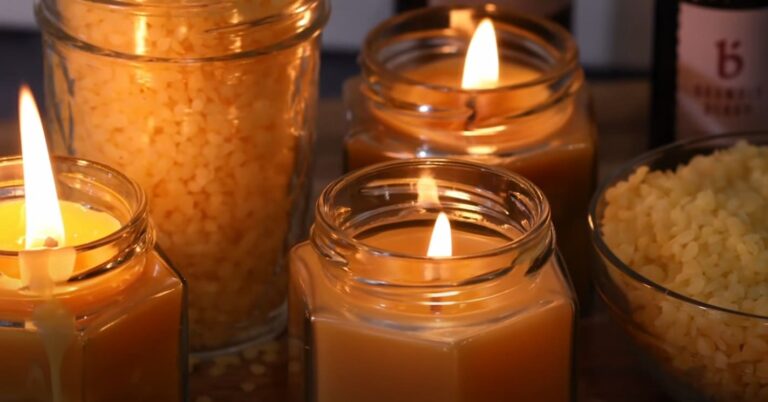Can You Mix Candle Dyes?
Candle making is a popular hobby that has been enjoyed for centuries. It provides a creative outlet for individuals to express their artistic abilities, while also creating beautiful and functional products. One essential aspect of candle making is the use of candle dyes, which allow the crafter to add color and depth to their candles. However, one common question that arises is whether or not it is safe to mix different candle dyes. In this article, we will explore the topic of mixing candle dyes and provide information on the potential risks and benefits of doing so. Whether you are a seasoned candle maker or a beginner, understanding the dos and don’ts of mixing candle dyes can help you create unique and beautiful candles that stand out.
Is It OK to Mix Candle Dyes?
Yes, it is possible to mix candle dyes to create custom colors for your candles. However, it’s essential to follow some guidelines to ensure that the process is safe and effective.
When mixing candle dyes, it’s crucial to use dyes that are compatible with each other. Not all candle dyes are created equal, and some may not blend well together, resulting in clashing or muddy colors. Therefore, it’s recommended to stick to dyes from the same manufacturer or to use dyes that have been specifically designed to work together.
It’s also essential to keep track of the amount of dye used when mixing. Too much dye can result in a candle that is too dark or can cause the wax to become unstable. On the other hand, using too little dye may result in a candle with a weak or faded color.
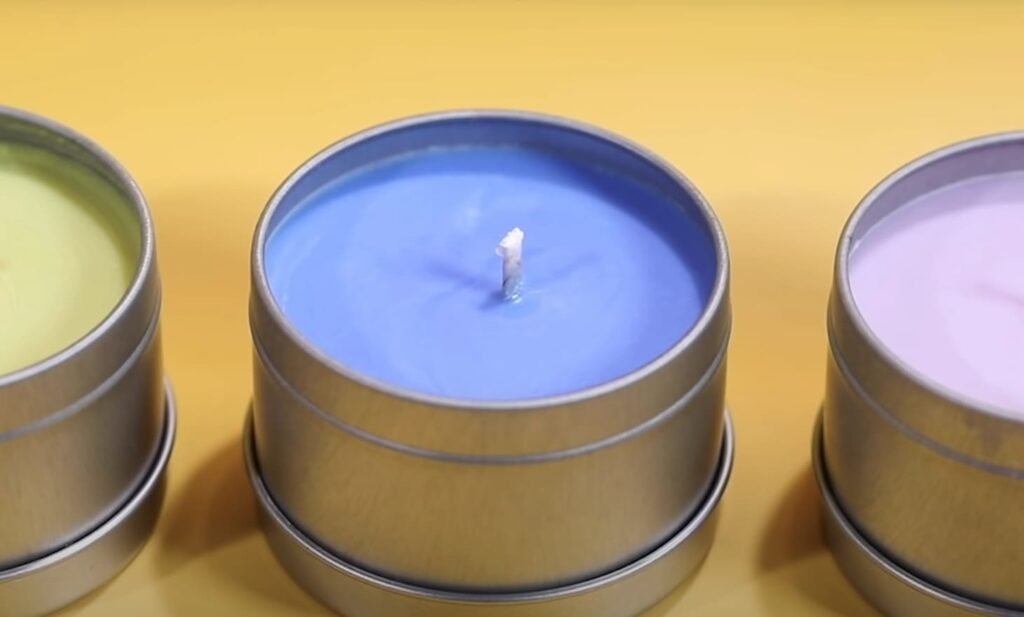
Additionally, it’s important to thoroughly mix the dyes into the wax to ensure an even color distribution. Failing to do so may result in areas of the candle having a different color than the rest.
Lastly, it’s important to test your custom colors on a small scale before making a large batch of candles. This allows you to see the final color outcome and make any necessary adjustments before committing to a larger project.
In summary, mixing candle dyes can be a fun and creative way to personalize your candles. Just be sure to follow the guidelines mentioned above to ensure that the process is safe and results in a beautiful and unique final product.
What Is Candle Dye?
Candle dye is a type of coloring agent used to add color to wax when making candles. It comes in various forms, including liquid, powder, and chip or block form, and is available in a wide range of colors.
Candle dye is typically made from a combination of synthetic and natural materials, and it’s designed to dissolve easily in wax. Some common ingredients used in candle dye include azo dyes, aniline dyes, and natural pigments like mica and titanium dioxide.
When adding candle dye to wax, it’s important to use the appropriate amount to achieve the desired color intensity. Adding too much dye can cause the wax to become unstable and affect the candle’s burn time and scent throw. Conversely, adding too little dye may result in a candle with a weak or faded color.
In addition to traditional candle dye, there are also natural alternatives available, such as using plant-based ingredients like beet juice or turmeric powder to color candles. These natural alternatives can be a great option for those who prefer to use all-natural materials in their candle making.
Candle dye is an essential ingredient for candle making, allowing crafters to add color and creativity to their candle designs.
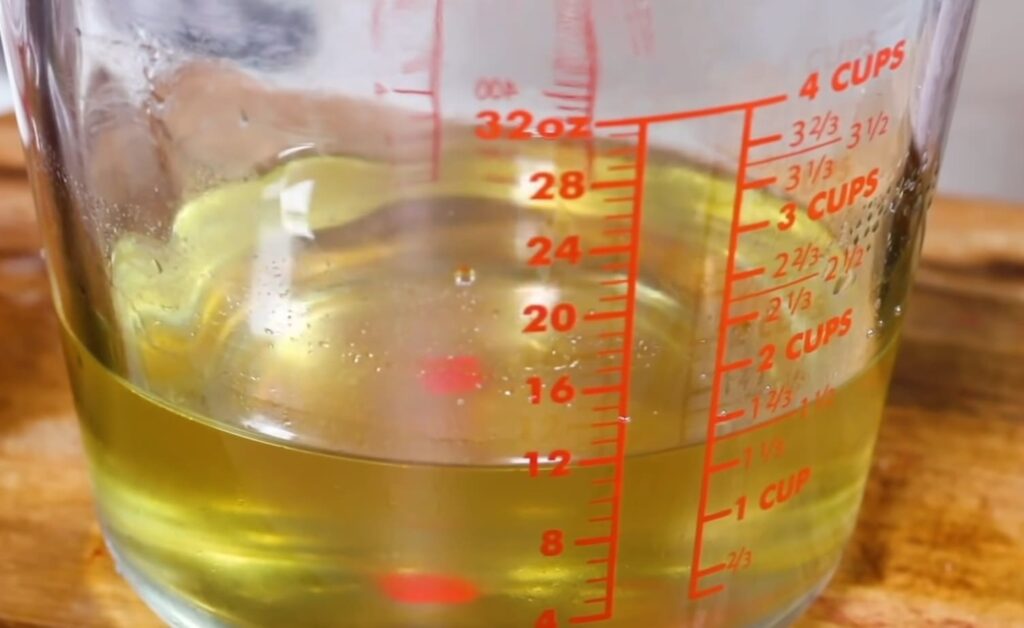
Who Created Candle Dye?
The history of candle dye dates back centuries, and it’s not clear who specifically created it. However, the use of natural materials to color candles has been documented throughout history, such as using plant-based ingredients like berries or flowers to create natural dyes.
In more recent times, synthetic candle dyes were developed to provide a wider range of color options and a more consistent result. The exact origins of synthetic candle dye are not clear, but it’s believed to have been developed in the mid-20th century as the demand for colorful and decorative candles grew.
Today, there are many different manufacturers and brands of candle dye available, each with their own unique formulations and color options. Candle makers have a vast range of colors to choose from when creating their candles, allowing them to create custom designs and styles that suit their individual tastes and preferences.
For What People Begin Mixing Candle Dyes?
People begin mixing candle dyes for various reasons. One of the most common reasons is to create unique and custom colors for their candles. By blending different dyes together, candle makers can achieve shades and tones that are not available from pre-made dyes. This allows them to create candles that are personalized to their tastes or to match specific themes or occasions.
Another reason people begin mixing candle dyes is to save money. Pre-made candle dyes can be expensive, especially if a wide range of colors is required. By blending different dyes together, candle makers can create new shades using less dye, which can help to reduce costs.
Some candle makers also enjoy the process of experimenting and creating new color combinations. Mixing different dyes together can be a fun and creative process that allows them to express their artistic abilities and explore new possibilities.
Mixing candle dyes is a popular technique among candle makers that allows them to customize their candle designs, save money, and indulge in their creativity.
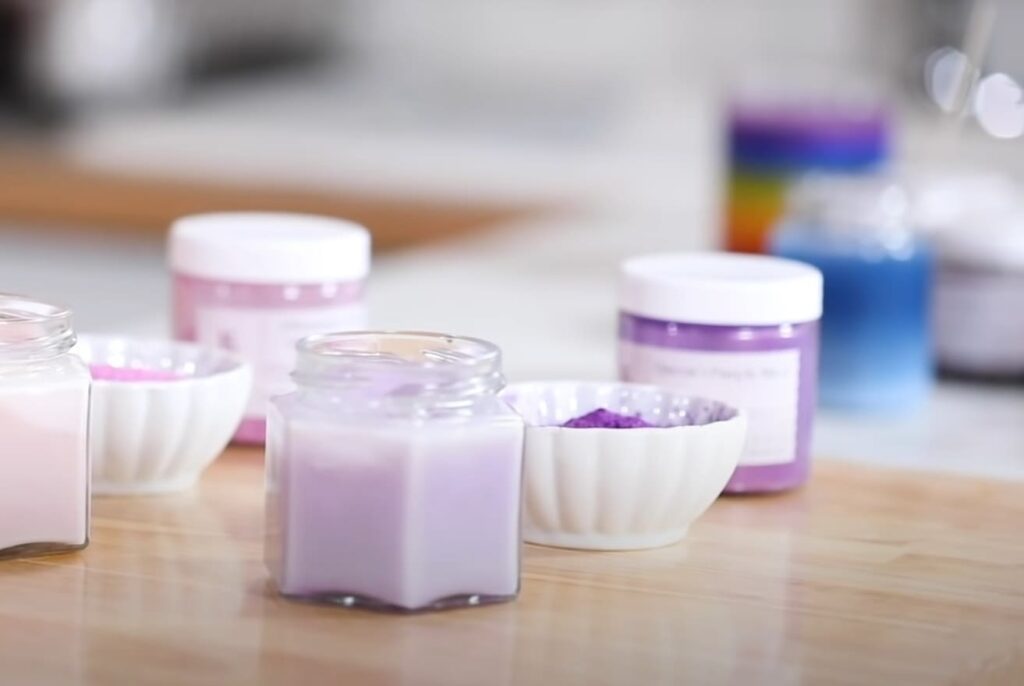
What Is the Best Way To Mix Candle Dyes?
The best way to mix candle dyes is by following these steps:
- Choose dyes that are compatible with each other. Not all candle dyes are designed to work together, so it’s important to stick to dyes from the same manufacturer or to use dyes that have been specifically formulated to blend well.
- Measure out the amount of dye needed for the project. It’s important to use the appropriate amount of dye to achieve the desired color intensity. Adding too much dye can cause the wax to become unstable, while adding too little may result in a candle with a weak or faded color.
- Melt the wax to the appropriate temperature for the type of wax being used. Different waxes have different melting points, and it’s important to melt the wax to the appropriate temperature to ensure that the dye dissolves properly.
- Add the dye to the melted wax and stir thoroughly to ensure even distribution. It’s important to mix the dye in completely to avoid uneven coloration or clumps of unmixed dye.
- Test the color of the wax by pouring a small amount into a heat-safe container or mold. This allows you to see the final color outcome and make any necessary adjustments before committing to a larger project.
- If the desired color is not achieved, adjust the dye by adding more or less as needed. It’s important to make small adjustments and test again rather than adding too much dye at once.
- Once the desired color is achieved, pour the wax into the mold or container and allow it to cool and solidify.
By following these steps, candle makers can mix dyes effectively to create custom colors that are vibrant and evenly distributed throughout the candle.
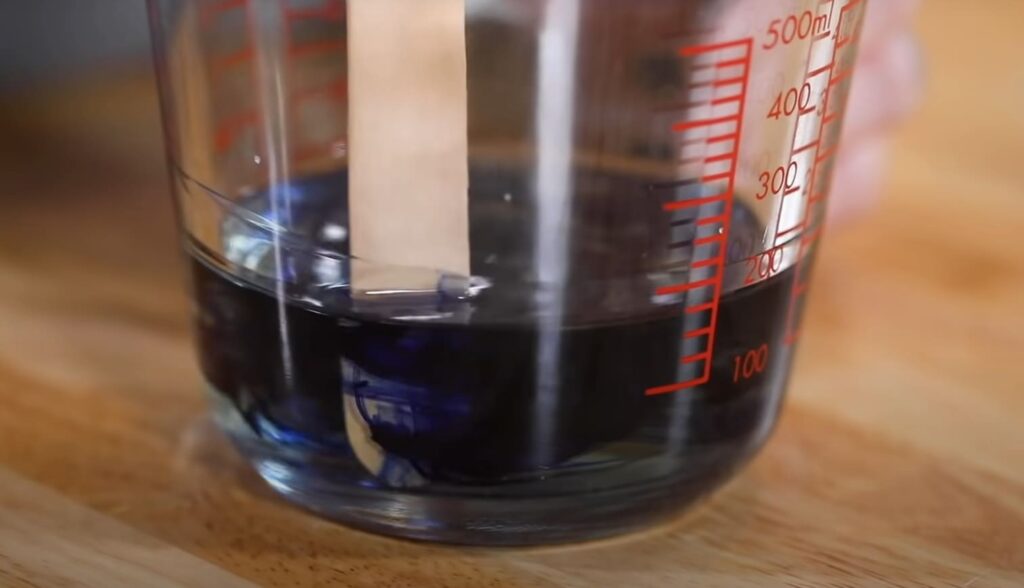
What Kinds Of Candle Dyes Are There?
There are several types of candle dyes available, each with its own unique properties and advantages. Here are some of the most common types of candle dyes:
- Liquid Dyes: Liquid dyes are a popular choice for candle making because they are easy to use and can be added directly to the wax. They are typically highly concentrated and require only a small amount to achieve the desired color.
- Powder Dyes: Powder dyes are another popular option and are ideal for coloring large quantities of wax. They can be messy to work with, but they dissolve quickly and easily in the wax.
- Chip or Block Dyes: Chip or block dyes are solid blocks of dye that are added to the wax and melted down. They are available in a wide range of colors and can be mixed together to create custom shades.
- Natural Dyes: Natural dyes are made from plant-based materials, such as beet juice or turmeric powder, and are a great option for those who prefer to use all-natural ingredients in their candle making.
- Pigment Dyes: Pigment dyes are highly concentrated and are ideal for achieving deep, vibrant colors. They can be added to the wax in small amounts and are available in a wide range of colors.
When choosing a type of candle dye, it’s important to consider the specific requirements of your project, as well as your personal preferences and level of experience. Each type of dye has its own advantages and challenges, and experimenting with different types can help you find the best fit for your needs.
Which Unusual Candle Dyes I Can Mix?
When it comes to mixing candle dyes, the possibilities are virtually endless. Here are a few examples of unusual candle dye combinations that can create unique and interesting colors:
- Purple and yellow: Mixing equal parts of purple and yellow liquid dye can create a beautiful shade of green.
- Blue and orange: Mixing equal parts of blue and orange liquid dye can create a lovely shade of brown.
- Red and black: Mixing equal parts of red and black powder dye can create a deep, rich shade of maroon.
- Green and brown: Mixing equal parts of green and brown chip or block dye can create a lovely earthy color.
- Pink and brown: Mixing equal parts of pink and brown powder dye can create a warm, neutral tone.
- Turquoise and yellow: Mixing equal parts of turquoise and yellow liquid dye can create a unique shade of greenish-blue.
It’s important to remember that when mixing dyes, it’s best to start with small amounts and test the color before committing to a larger project. Additionally, it’s important to only mix dyes that are compatible with each other to avoid any undesirable effects, such as clumping or uneven color distribution.
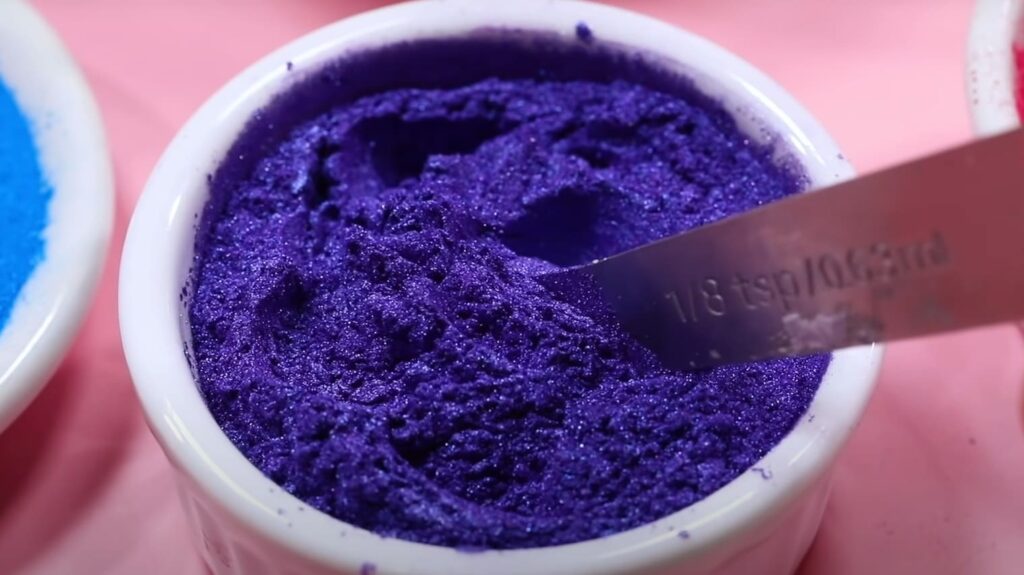
Advantages Of Mixing Candle Dyes
Mixing candle dyes can offer several advantages, including:
- Customization: By mixing different colors of candle dyes, candle makers can create unique and personalized color combinations that are not available in pre-made dye packages. This allows for more creativity and the ability to tailor candle colors to match specific themes or occasions.
- Cost-effective: Mixing candle dyes can be a cost-effective way to achieve the desired color, as it allows for more control over the intensity of the color and the amount of dye used.
- Greater Control: Mixing dyes provides greater control over the final color outcome, allowing candle makers to fine-tune the shade to their liking. This can result in more consistent and even color distribution throughout the candle.
- Experimentation: Mixing dyes allows for experimentation and can inspire new and unique color combinations that may not have been considered before.
Mixing candle dyes can offer candle makers a greater degree of creativity and control over the final product, allowing for more personalized and unique candles.
Disadvantages Of Mixing Candle Dyes
While mixing candle dyes can offer several advantages, there are also a few potential disadvantages to consider:
- Inconsistent Results: Mixing dyes can sometimes result in unpredictable color outcomes, especially if the proportions of each dye are not measured accurately or if the dyes used are not compatible with each other.
- Difficulty Matching Colors: Mixing dyes to achieve a specific color can be challenging, especially if the desired color is unique or difficult to replicate. This can result in frustration and wasted materials.
- Messy: Mixing dyes can be messy, especially if using powdered dyes or if the dyes are not properly mixed before adding them to the wax. This can lead to uneven color distribution in the candle and a less-than-perfect final product.
- Time-consuming: Mixing dyes can be a time-consuming process, especially if experimenting with different combinations to achieve the desired color. This can add extra time and effort to the candle making process.
While mixing candle dyes can offer benefits in terms of customization and creativity, it is important to be aware of the potential disadvantages and to approach the process carefully to ensure the best possible outcome.

FAQ
With what else i can mix candle dyes?
While candle dyes are typically mixed with other dyes to create unique colors, there are a few other materials that can be used to mix with candle dyes, including:
- Fragrance oils: Fragrance oils can be added to candle wax along with the dye to create a unique scent and color combination. This is a popular option for candles with specific themes or occasions, such as holiday scents.
- Mica powder: Mica powder can be mixed with candle dyes to create a shimmery, metallic effect in the candle. This is a popular option for adding a bit of sparkle and visual interest to candles.
- Glitter: Like mica powder, glitter can be mixed with candle dyes to add a bit of sparkle to the wax. However, it’s important to use cosmetic-grade glitter that is safe for use in candles.
- Wax additives: Some wax additives, such as stearic acid or vybar, can be mixed with candle dyes to create unique effects, such as marbling or texture.
It’s important to keep in mind that when mixing candle dyes with other materials, it’s important to test the combination first to ensure compatibility and to avoid any undesirable effects in the final product.
What are the dangers of candle dye?
Candle dyes, like any other chemical product, can be dangerous if not handled properly. Here are a few potential hazards associated with candle dyes:
- Skin irritation: Some types of candle dyes can cause skin irritation if they come into direct contact with the skin. It is important to wear gloves when handling candle dyes and to wash hands thoroughly after use.
- Eye irritation: Liquid candle dyes can cause eye irritation if they come into contact with the eyes. If this occurs, it is important to rinse the eyes with water immediately and seek medical attention if necessary.
- Inhalation: The fumes or dust from powdered candle dyes can be irritating to the respiratory system if inhaled. It is important to wear a mask or work in a well-ventilated area when using powdered dyes.
- Fire hazard: Candle dyes are flammable and can pose a fire hazard if not handled properly. It is important to keep candle dyes away from sources of heat or flame and to store them in a cool, dry place.
To minimize the risks associated with candle dyes, it is important to read and follow all safety instructions provided by the manufacturer. It is also important to wear appropriate personal protective equipment and to handle the dyes in a well-ventilated area.
Which candle dyes are the worst to mix?
It’s important to be careful when mixing candle dyes, as not all dyes are compatible with each other. Mixing incompatible dyes can result in unpredictable color outcomes or even cause the wax to become unstable or unsafe to use. Here are a few examples of dyes that should not be mixed:
- Oil-based and water-based dyes: Oil-based and water-based dyes are not compatible with each other and should not be mixed. Doing so can cause the wax to become unstable and unsafe to use.
- Dyes from different manufacturers: Dyes from different manufacturers may have different chemical compositions and should not be mixed. It’s important to use dyes from the same manufacturer to ensure compatibility.
- Dyes of different types: Different types of dyes, such as liquid and powdered dyes, should not be mixed as they may have different chemical compositions and can lead to unpredictable results.
To ensure the best possible outcome when mixing candle dyes, it’s important to read and follow all safety instructions provided by the manufacturer and to test any new combinations on a small scale before using them in a larger batch of wax.
Which candle dye brands can be mixed?
There are many brands of candle dyes available that can be mixed to create unique color combinations. Here are a few examples of popular brands of candle dyes:
- CandleScience: CandleScience offers a wide variety of candle dyes in both liquid and dye block form, which can be mixed to create custom colors.
- Flaming Candle Company: Flaming Candle Company offers a range of liquid, powder, and dye block candle dyes that can be mixed to create custom colors.
- Nature’s Garden: Nature’s Garden offers a selection of liquid candle dyes that can be mixed to create custom colors for candles.
- Candles and Supplies: Candles and Supplies offers a range of liquid, dye block, and powdered candle dyes that can be mixed to create custom colors.
- Aztec Candle and Soap Supplies: Aztec Candle and Soap Supplies offers a variety of liquid and dye block candle dyes that can be mixed to create custom colors.
It’s important to choose high-quality, reliable brands of candle dyes to ensure that the final product is safe and of good quality. Always read the manufacturer’s instructions before using any candle dyes, and follow all safety guidelines carefully.
How are candle dyes created?
Candle dyes are typically synthetic or man-made dyes that are specifically designed to be used in candle making. There are several methods used to create candle dyes, including:
- Solid dye blocks: Solid dye blocks are made by mixing powdered dyes with a carrier material such as stearic acid, which is then pressed into a block shape. The dye blocks can be melted into the wax to create colored candles.
- Liquid dyes: Liquid candle dyes are typically made by dissolving synthetic dyes in a carrier liquid, such as propylene glycol or water. Liquid dyes are easy to mix and can be added directly to the melted wax.
- Powdered dyes: Powdered candle dyes are made by grinding the dye into a fine powder. Powdered dyes can be mixed with other powdered ingredients, such as mica powders or glitter, to create unique color effects.
Regardless of the method used, candle dyes are typically formulated to be highly concentrated so that only a small amount is needed to achieve a desired color. They are also designed to be stable under high heat and to disperse evenly throughout the wax to create a uniform color throughout the candle.
Related Video: How to Color Soy Candles – Do’s and Don’ts from an Expert | Bramble Berry
Verdict
Mixing candle dyes can be a fun and creative way to achieve unique and beautiful colors in your candles. However, it’s important to be careful when mixing dyes to ensure that they are compatible with each other and that the final product is safe to use. Always read the manufacturer’s instructions carefully and test any new combinations on a small scale before using them in larger batches of wax. Additionally, be sure to wear appropriate personal protective equipment when handling candle dyes to minimize the risks associated with their use. With a little bit of experimentation and care, you can create beautiful candles with custom colors that will delight you and your customers.

